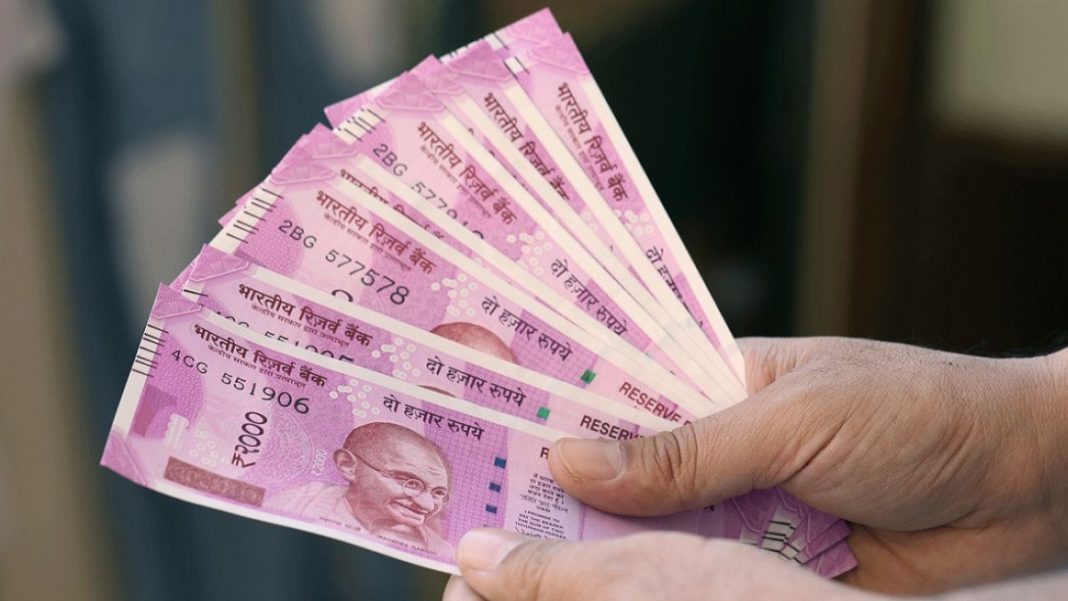In a significant development, the Central Cabinet has approved a 4 percent increase in dearness allowance (DA) for central government employees, marking a welcome boost in their remuneration. This hike brings the total increase in dearness allowance to 50 percent, relieving employees amidst rising living costs. The house rent allowance (HRA) has also been revised, alongside seven other allowances, further enhancing the financial benefits for government personnel.
Increases in Various Allowances
Central government employees will now benefit from increases in nine allowances, including:
1. House Rent Allowance (HRA): Essential for employees residing in rented accommodations, HRA has been revised to alleviate housing-related expenses.
2. Children’s Education Allowance (CAA): This allowance has been augmented to address rising educational costs and support the educational needs of employees’ children
3. Childcare Special Allowance: This allowance has been increased to provide greater financial support for employees in managing childcare expenses.
4. Hostel Subsidy: Employees with children living in hostels will receive enhanced subsidies to ease the financial burdens associated with hostel fees.
5. TA on Transfer (Transportation of Personal Effects): Employees will receive increased assistance for transporting personal effects to facilitate smooth transitions during transfers.
6. Gratuity: A crucial financial benefit for employees, gratuity has been enhanced to provide greater security and financial stability.
7. Dress Allowance: Employees will receive augmented allowances to cover expenses related to professional attire, ensuring they present themselves professionally in the workplace.
8. Mileage Allowance for Own Transport: This allowance has been increased to offset fuel and maintenance costs for employees who use their vehicles for official purposes.
9. Daily Allowance: Employees undertaking official travel will now receive enhanced daily allowances, enabling them to effectively cover expenses incurred during business trips.
Also Read: 20 Future Job Opportunities In India To Get High Salary
Calculation of Dearness Allowance
The calculation of the dearness allowance is adjusted based on predetermined criteria. Initially set to zero during the implementation of the 7th Pay Commission in 2016, the allowance gradually increases until it reaches 50 percent. At this threshold, the allowance is reset to zero, and the amount is merged with the basic salary, resulting in a revised basic salary for employees. However, the government may need to adjust the process to accommodate these changes effectively.
Future Outlook
The new dearness allowance rates will be calculated in July, with revisions occurring twice a year. Approval has been granted from January to March, with subsequent revisions set to take effect from July 2024. The final adjustment will be determined based on the All India Consumer Price Index (AICPI) for January to June 2024, informing the percentage increase in dearness allowance. Once finalized, 50 percent of the dearness allowance will be added to employees’ basic salary, providing them with enhanced financial stability and security.
The latest allowance revisions underscore the government’s commitment to supporting central government employees’ welfare and financial well-being, ensuring they are adequately remunerated and provided for in accordance with prevailing economic conditions.


